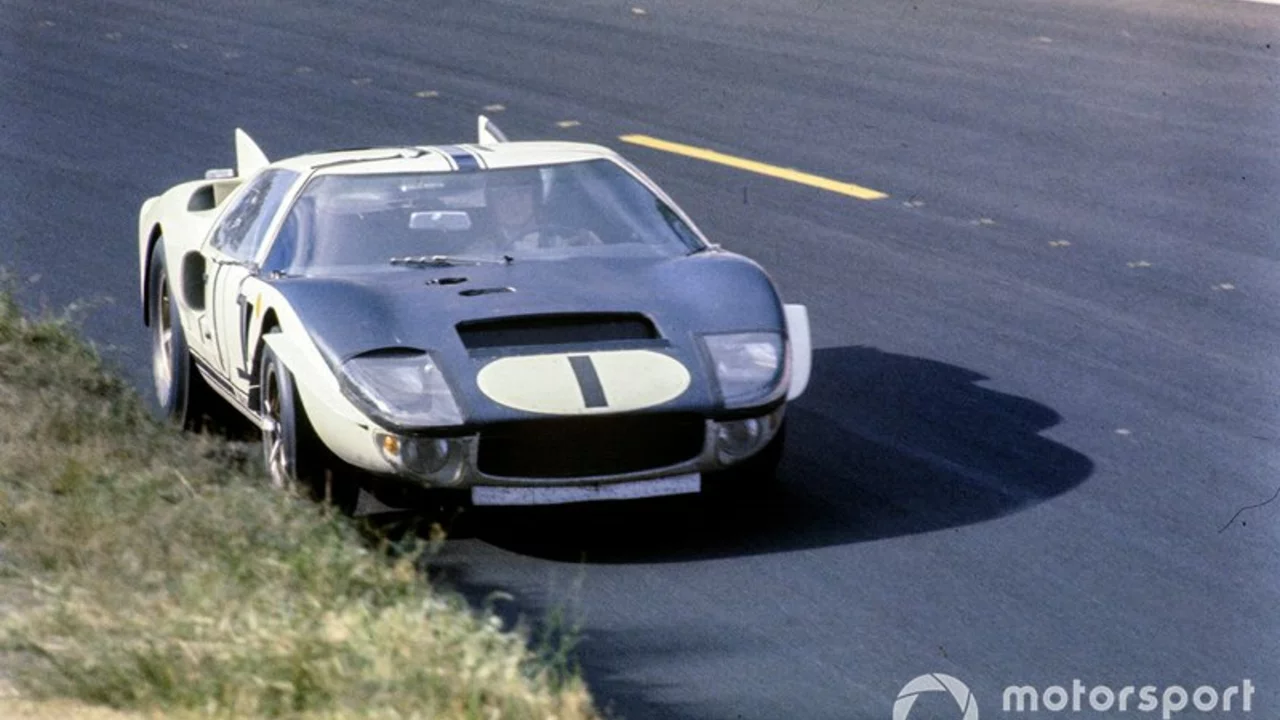Ken Miles: The Man Who Changed Racing Forever
If you love fast cars and daring drivers, you’ve probably heard the name Ken Miles. He wasn’t just a driver – he was a mechanic, an engineer, and a true racer’s racer. From the dirt tracks of the 1950s to the high‑tech world of the Ford GT‑40, Miles left a mark that still shows up in today’s motorsport scene. Let’s break down why his story matters to anyone who watches a race or dreams of building a car.
Early Life and Racing Beginnings
Ken grew up in a small town in England, but his love for speed started when he could reach the garage at eleven and tinker with his dad’s old MG. Those early hours turned into a habit of fixing, testing, and then racing anything that could move. By his twenties he was already a regular at British hill‑climbs, where drivers battle steep roads and tight turns. It wasn’t just about winning; Ken was always looking for ways to make a car faster, lighter, and more reliable.
Engineering Genius and the Ford GT‑40
When Ford set out to beat Ferrari at Le Mans in the 1960s, they needed someone who could both drive fast and understand how a car works inside out. Ken Miles stepped into that role and helped shape the GT‑40 into a winning machine. He ignored the rule book when it made sense, tested parts until they sang, and even drove the car in the famous 1966 24‑Hour race. Though a controversial finish kept him from the official win, his input made the GT‑40 a legend that still inspires engineers today.
Ken’s approach was hands‑on. He’d sit in the cockpit, feel a vibration, and then head straight to the workshop to adjust suspension geometry or tweak engine mapping. This blend of driver intuition and mechanical know‑how is why modern racing teams value engineers who can also handle a wheel. In many ways, Ken set the template for the driver‑engineer hybrid we see in Formula 1 and endurance racing now.
Beyond the track, Ken’s story is a reminder that passion beats pedigree. He never had a fancy racing school degree; he learned by doing, by making mistakes, and by never quitting after a crash. That tenacity is why fans still talk about his fearless style and why new drivers cite him as a role model. When you watch a motorcycle or car race, you’re seeing a piece of Ken’s DNA – the raw urge to push limits and the cleverness to find a better way.
Today, MotoSport Action UK keeps Ken’s legacy alive by covering the races he inspired. Whether you’re following Formula 1, MotoGP, or a local club event, the spirit of Ken Miles is in every lap that pushes a machine to its edge. So next time you hear a roar from the pit lane, think of the man who proved that a driver can also be a brilliant engineer, and that the best victories are earned with both skill and sweat.
Did Ken Miles lose Le Mans?
In the controversial 1966 Le Mans race, Ken Miles did technically lose, but not because of his performance. Despite crossing the finish line first, he was declared second due to a rule that counted the total distance covered. Ford, in a bid to achieve a photo finish with their three cars, inadvertently cost Miles the win. It's a topic of heated debate even today in racing circles. Essentially, Miles was the fastest, but due to a technicality, he didn't take home the trophy.
Did Ken Miles lose Le Mans?
Ken Miles was a race car driver who tragically died in 1966 while testing a Ford J Car at the Riverside International Raceway. In the 2019 film Ford v Ferrari, his story was told and his attempt to win the 24 Hours of Le Mans race in 1966 was featured. In the film, it appears that he was denied victory due to a technicality and his dream of winning was not realised. However, the true story is slightly different and while Miles was not officially declared the winner, he and his co-driver Denny Hulme did receive the checkered flag first. Unfortunately, due to a misunderstanding, the race was declared a tie and neither driver was awarded the victory. Thus, Ken Miles lost the race, but not due to any fault of his own.

